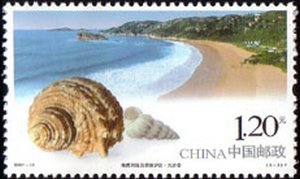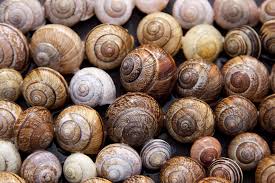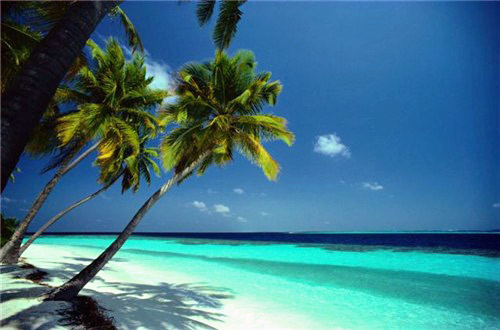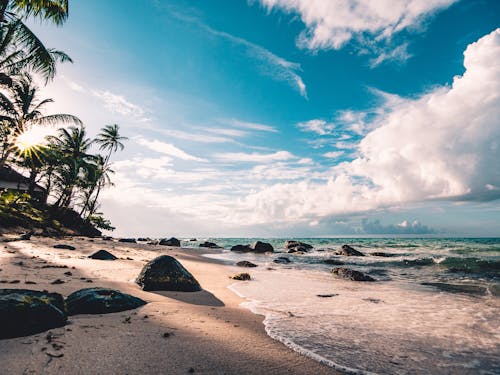Stamp: Dashn'ao (China, People's Republic 2007)
Dashn'ao (China, People's Republic 2007)
10 July (China, People's Republic ) within release Natural Reserves in Nanji Islands goes into circulation Stamp Dashn'ao face value 1.20 Chinese renminbi yuan
| Stamp Dashn'ao in catalogues | |
|---|---|
| Michel: | Mi:CN 3873 |
Stamp is horizontal format.
Also in the issue Natural Reserves in Nanji Islands:
- Stamp - Sanpanwei face value 1.20;
- Stamp - Longchuanjiao face value 1.20;
- Stamp - Dashn'ao face value 1.20;
|
Data entry completed
80%
|
|
|---|---|
| Stamp Dashn'ao in digits | |
| Country: | China, People's Republic |
| Date: | 2007-07-10 |
| Print: | Photogravure |
| Size: | 50 x 30 |
| Format: | Stamp |
| Face Value: | 1.20 Chinese renminbi yuan |
Stamp Dashn'ao it reflects the thematic directions:
A seashell or sea shell, also known simply as a shell, is a hard, protective outer layer created by an animal that lives in the sea. The shell is part of the body of the animal. Empty seashells are often found washed up on beaches by beachcombers. The shells are empty because the animal has died and the soft parts have been eaten by another animal or have rotted out. The term seashell usually refers to the exoskeleton of an invertebrate (an animal without a backbone). Most shells that are found on beaches are the shells of marine mollusks, partly because many of these shells endure better than other seashells.
A beach is a landform alongside a body of water which consists of loose particles. The particles composing a beach are typically made from rock, such as sand, gravel, shingle, pebbles, etc., or biological sources, such as mollusc shells or coralline algae. Sediments settle in different densities and structures, depending on the local wave action and weather, creating different textures, colors and gradients or layers of material.
A sea is a large body of salty water. There are particular seas and the sea. The sea commonly refers to the World Ocean, the wider body of seawater. Particular seas are either marginal seas, second-order sections of the oceanic sea (e.g. the Mediterranean Sea), or certain large, nearly landlocked bodies of water.



